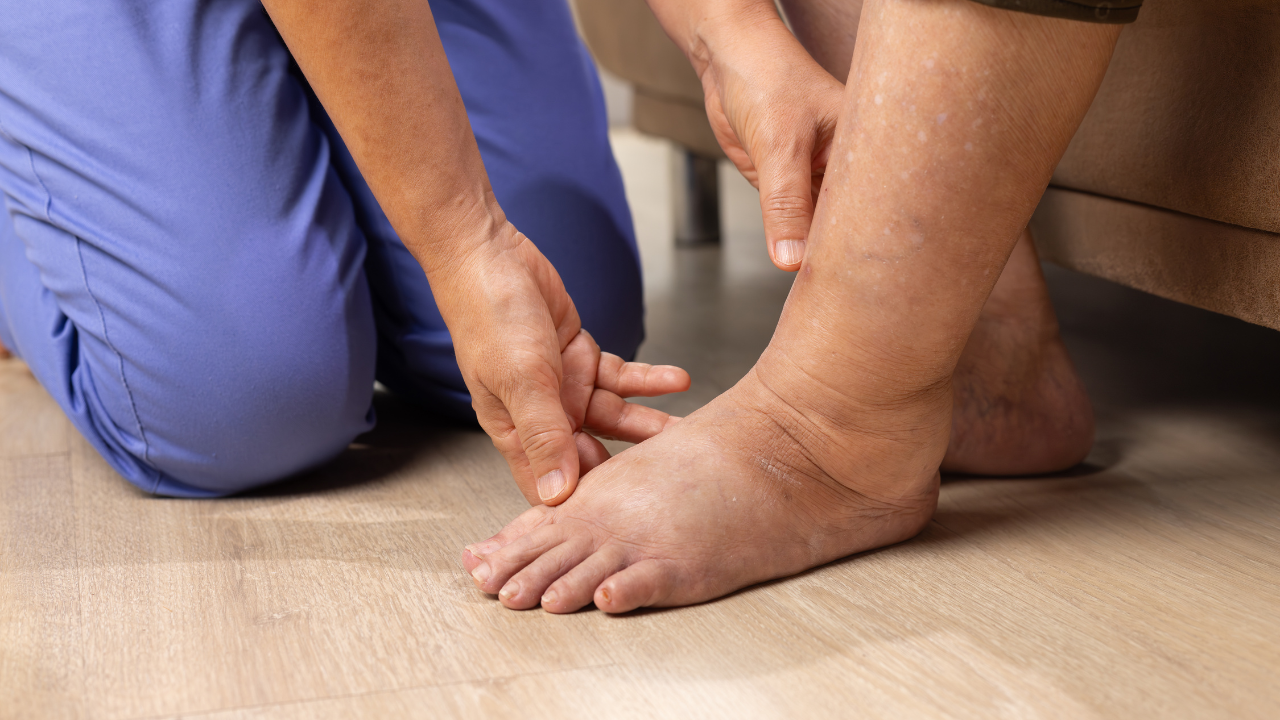'1 In 3 Indians Has Fatty Liver' Gastroenterologist Reveals A Key Early Sign You Should Know

(Credit-Canva)
SummaryIndia has been witnessing a rise in the number of lifestyle diseases in the recent years. While we know about the rising rate of cardiovascular disease, high blood sugar and obesity, Fatty liver is also a big contributor to the list. Catching it early is the best way to deal with it.
End of Article
